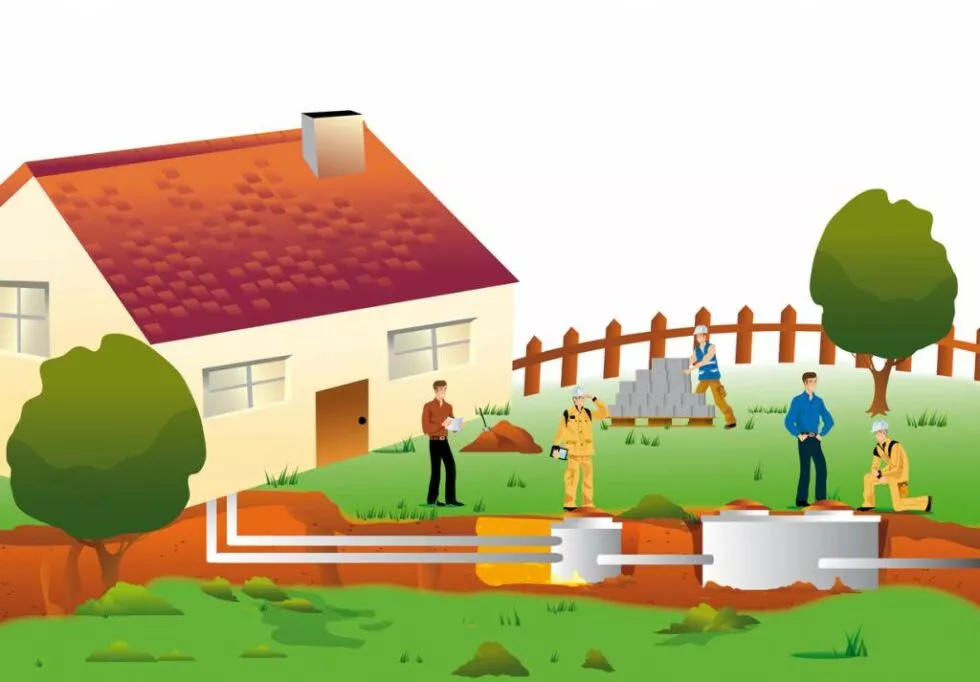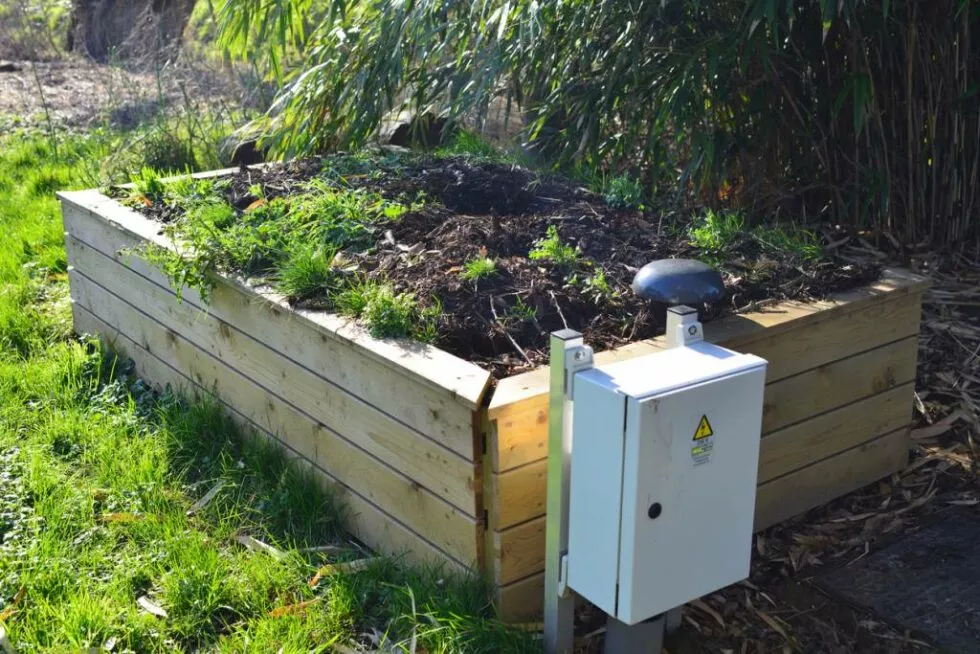Ecological septic tank: what you need to know
For buildings not connected to the mains drainage system, the installation of an individual wastewater treatment system that complies with current standards is a legal requirement. In recent years, ecological septic tanks have become increasingly popular for the treatment and disposal of domestic effluents at the individual level. What is an ecological septic tank? How much should you budget for this type of solution? What types of biological sanitation systems are available? Aquatiris, the first national network specialising in phyto-purification in France, will provide you with some clarification.
What is an ecological septic tank?
A natural septic tank is a system for the individual treatment and disposal of the dirty domestic wastewater produced on a daily basis. It treats these effluents using reliable methods and technologies based on the water purification mechanisms that take place in natural wetlands. These may include phyto-purification, the use of bacterial cultivation or the use of natural products with a high filtering power.
This type of individual wastewater treatment system takes up little space (generally between 5m² and 25m²). A traditional septic tank can take up to 100m² in space. The natural septic tank can therefore be easily installed on any private property. It does not require a dispersal bed. The ecological wastewater treatment basin operates without the use of electrical energy or any other form of fossil fuel.
The tank or the waterproof membrane used to construct the biological wastewater treatment basin must be made of a highly resistant material that can be recycled at the end of its life. Glass fibre reinforced polyester is widely used in this field. The vast majority of traditional septic tanks are made of concrete. Over time, this material tends to crack, allowing untreated wastewater to escape directly into the ground. This mechanism can pollute the surrounding water tables.

Types of natural septic tanks
Specialists offer several treatment systems for individual ecological wastewater treatment depending on the budget allocated to the project and the extent of the sanitation requirements. The quality and quantity of the effluents to be evacuated must be studied beforehand.
The micro wastewater treatment plant
This ecological septic tank is one of the approved systems for non-collective sanitation systems. It has a greater effluent purification capacity than a conventional tank. The filtering medium used is a bed of bacteria which feed abundantly on the organic matter collected. The biological wastewater treatment mechanism does not include a physical filtration stage for the liquid waste. The entire treatment takes place in a three-compartment installation which can be installed above ground. A distinction is made here between the natural septic tank with free cultivation in which micro-organisms develop in suspension. There is also the micro-treatment plant with fixed cultivation of bacteria that consume a lot of organic matter.
The septic tank with compact filter
This approved ecological wastewater treatment system is based on the action of a filtering bed composed of very rigid, water-impermeable plant fibres. The elements of the bed decompose only after many years of use of the natural septic tank. The compact filter can be made with coconut fibre, rock wool or even zeolite. The individual wastewater treatment device also involves special bacteria to consume the nutrients that remain in the liquid after the first filtration stage.
The ecological septic tank with planted filter
This natural effluent sanitation basin may or may not be used in addition to an all-water septic tank. It has excellent purification performance and produces humus that can be re-used in the garden or for agricultural crops. Greywater and blackwater are channelled into a purification tank equipped with a filter planted with macrophytic plant species such as reeds, irises, sedges or cattails. The roots of these plants used in phyto-purification provide oxygen for the purifying bacteria to encourage their development. In the ecological septic tank with a planted filter, the vast majority of pollutants are thus broken down naturally to obtain healthy water for release into the natural environment.
Unapproved ecological septic tanks
Septic tanks based on the natural techniques of bamboo sanitation or lagooning are not approved by the competent ministries. As with planted filters, these methods seek to create a complete or partial local biodiversity in order to break down the pollutants contained in wastewater. Another example is dry toilets, which use wood shavings or sawdust to facilitate the breakdown of faecal matter.

How much does an eco-friendly septic tank cost?
The price of this installation can vary depending on several factors. These include, for example:
- the type of eco-friendly sanitation system chosen,
- the number of people living in the house,
- the size of the natural wastewater treatment basin,
- the characteristics of the land and the results of the soil study of your property,
- the location of your house,
As a guide, for a home with a population equivalent of 1 to 5, the price of a natural septic tank can vary between 11,000 and 16,000 euros excluding all taxes on average. Aquatiris is a national network specialising in the design and installation of ecological septic tanks based on sanitation using water-purifying aquatic plants.
In terms of value for money and sustainability of investment, the natural tank with a planted filter is currently the best option. You can request a free quote for your individual ecological wastewater treatment project from the experts in our national network.
Choose Aquatiris’s Sanitation Gardens
Our network of experts and installers of individual domestic wastewater treatment systems is actively listening to all your needs. We act quickly, providing concrete, sustainable and customised solutions from the beginning to the end of the project. You can choose a single-level Sanitation Garden that uses a filtering bed of common reeds. There are also dual-level phyto-purification systems to equip your ecological septic tank. These are the planted filters of the Iris and Carex ranges. All these solutions are approved by the Ministries of Health and the Environment.
Their effectiveness has been proven by technical tests. You will not have to empty the tank, as you would have to do with traditional solutions. Our planted filtering beds do not give off any odours and blend in perfectly with the landscape around your house.

